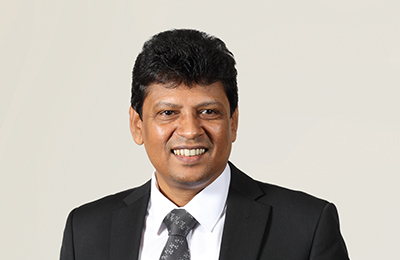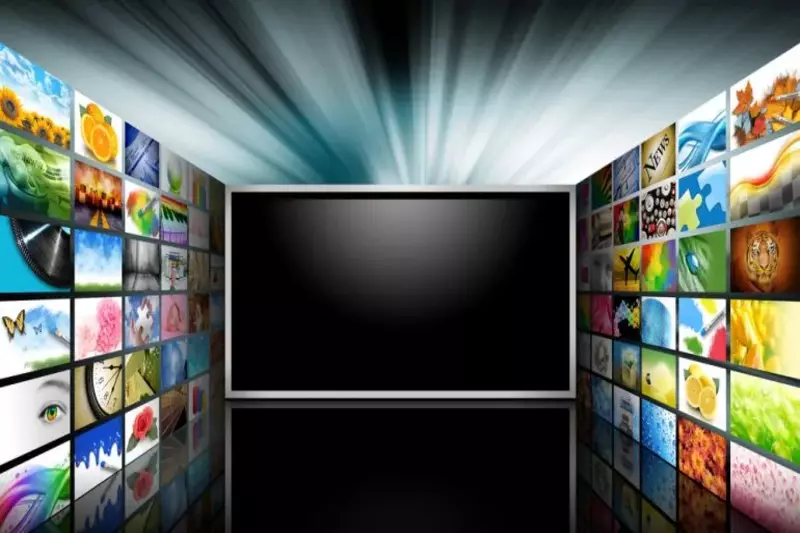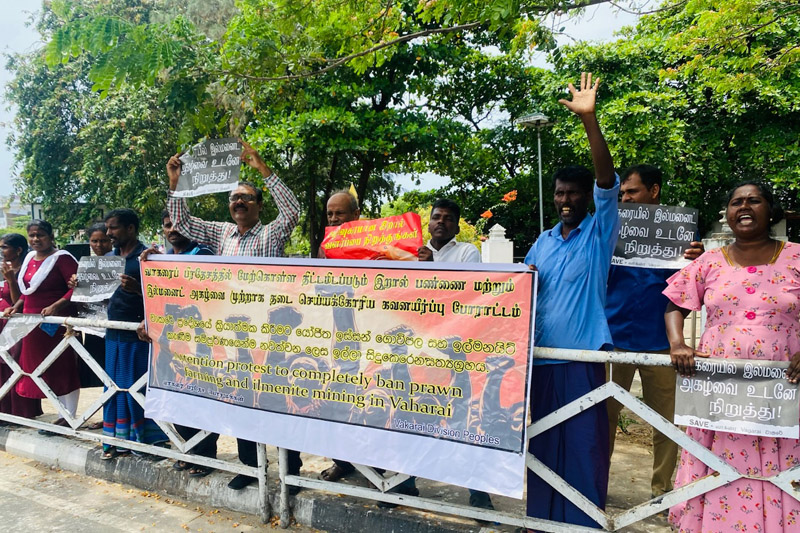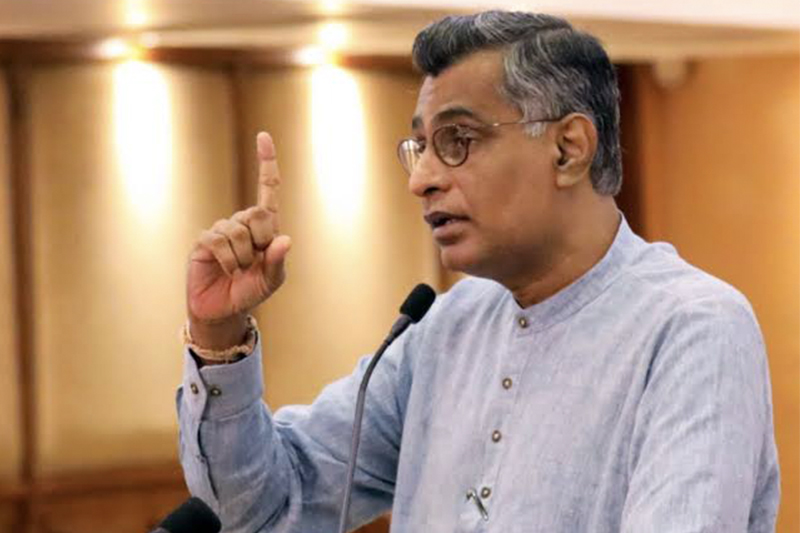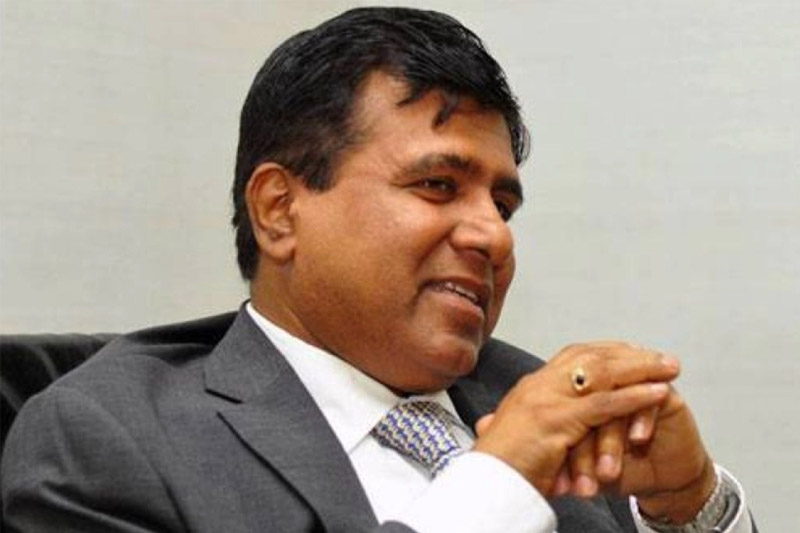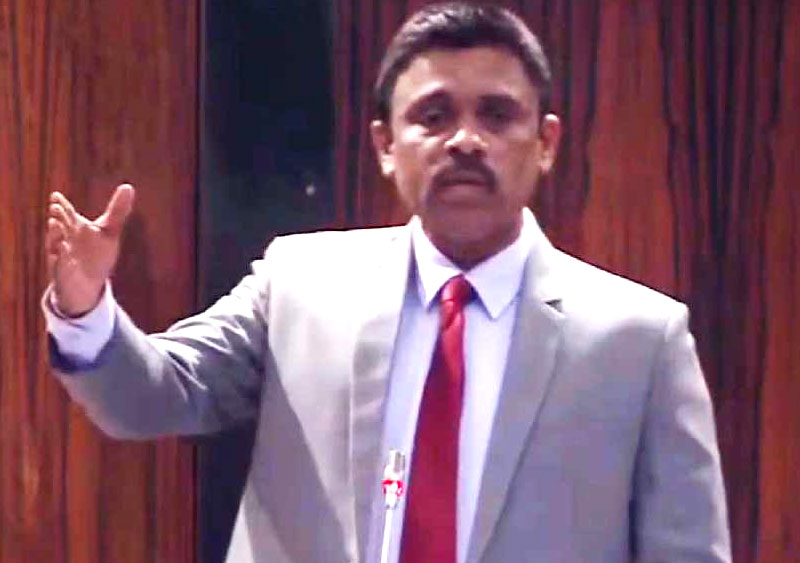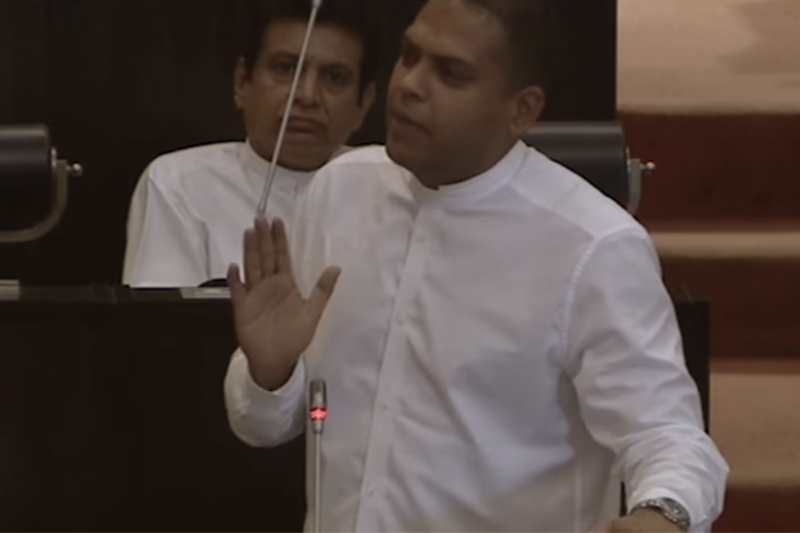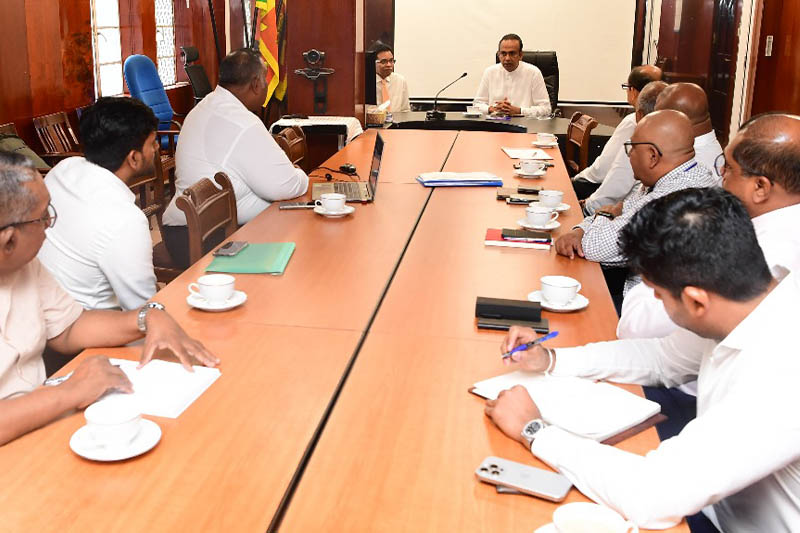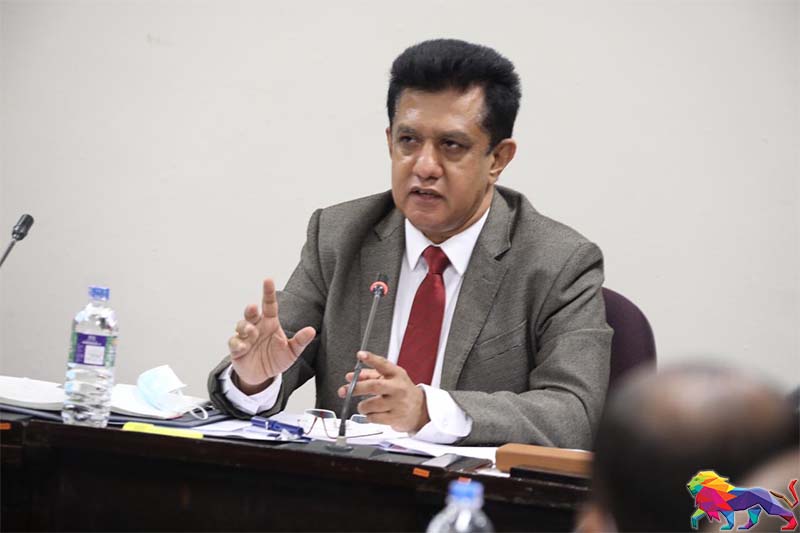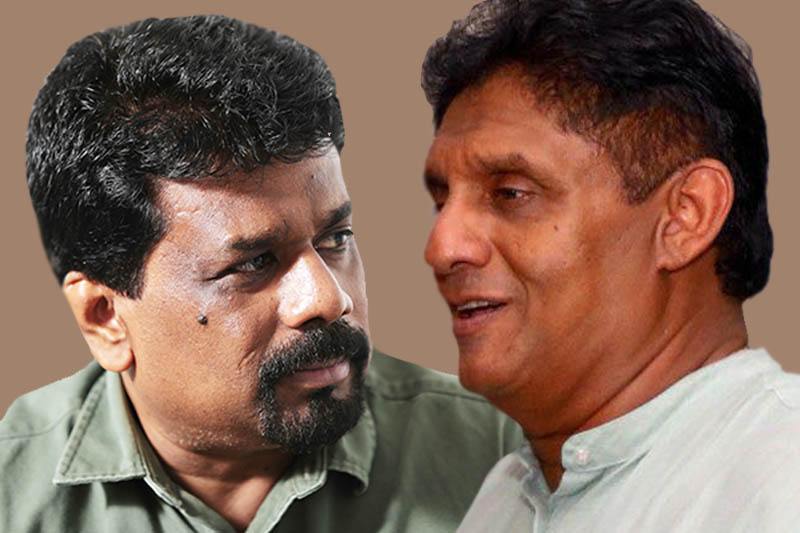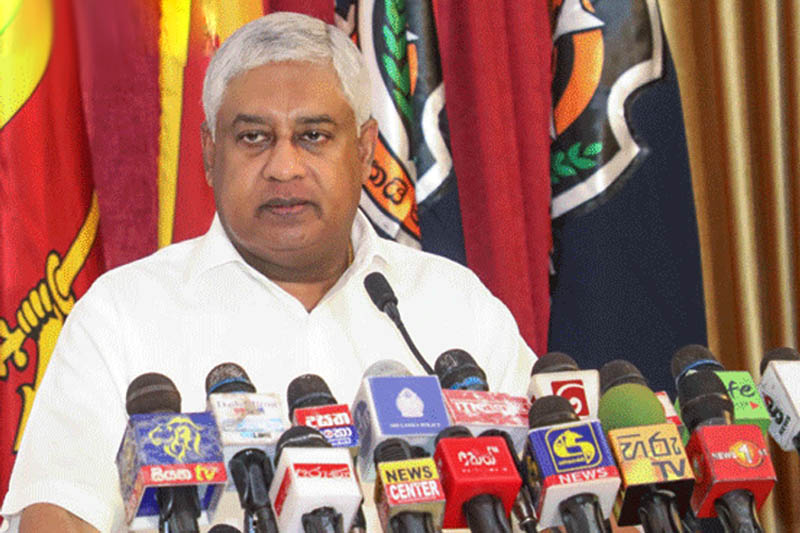The Digitalization of Terrestrial Television Broadcasting (commonly referred to as DTTB) in Sri Lanka has been under discussion for several years.
All deadlines set for work completion are already past due, although authorities occasionally declare new completion dates with no change in status. As citizens, we continue to be denied access to this highly desired medium of television broadcasting.
The Sri Lankan government inked an agreement with Japan in 2014 for the launch of digital TV transmission in Sri Lanka. It was decided to use the Japanese ISDB-T standard here.
This comes amid industry controversy about whether or not ISDB-T is the most appropriate DTV technology for the country.
Anyway, a Project Office was shortly established. Then, all of a sudden, everything stopped, just like many other government programs. Later, in April 2021, the government gave a new authorization for the move forward, accommodating certain other factors to enhance the quality of the end product.
Even though the project is now in the capable hands of a project office, comprising industry experts in the subject area, project is still moving at a snail's pace, which may be due to economic reasons. How much longer should we wait to enjoy this unique TV experience?
We were told that the main objective behind Lotus Tower was to install Digital Television, or DTV, antennas to cover the western province. Unfortunately, what we have at present is only the lit-up Lotus Tower, with no DTV transmission.
But, then what is Digital TV? Digital television is the transmission of television signals using a digital broadcast format rather than conventional analog methods that are used today.
It is common knowledge that, through digital broadcasts, the quality of visuals and sounds received by the audience is significantly higher than through analog broadcasts. No more shaded images or any form of noise on the TV screen, for sure.
In addition to viewing the broadcast programs, with digital broadcasting, TV viewers can have access to additional facilities such as an EPG (Electronic Program Guide) to find out the shows that have been and will be aired later.
Right now, you find 4 types of Television Broadcasting Networks in the country:
1. Analog Terrestrial Broadcasting (Often called Free-To-Air) networks, which are owned by individual TV broadcasters. (Rupavahini, ITN, Hiru, Derana, Sirasa, Swarnawahini, TNL, Siyatha, Supreme etc.)
2. DTH (Direct to Home) Satellite based delivery networks (Dialog TV Free TV etc.)
3. Cable TV Networks (Ask TV, DAN TV)
4. IPTV Networks (PEO TV)
In the case of free-to-air analog transmission, the television station distributes the channel signals using one or more transmission antennas spread out island-wide. The individual television set at our home or office has to use an antenna to capture that signal. The distance from the station transmission antenna and the reception power of the antenna being used at home determine the quality of the television picture and sound.
Many of our home antennas are unable to capture all the television channels to give us clear audiovisuals. Each of us has encountered frustrating experiences trying to tune different channels with an antenna, rotating it in all directions.
All three other instances are Pay-TV operations. One has to buy a special device called a Set-Top-Box (STB) to receive the television signals through cables or via satellites. On such networks, the television can receive many channels through the STB, and the customer has to pay for the package being used.
In addition, these networks provide various other features such as Electronic-Program-Guide (EPG), Rewind TV, etc. Compared to free-to-air ones, these channels are of superior quality, and customers can even have HD (High Definition) channels.
For you to have a true HD experience, the presence of a HD television set itself is not enough. You need to have HD-quality TV signals coming to your TV. Right now, if you do not use Pay-TV, you cannot have a HD experience.
Once Digital TV broadcasting starts, the need for rotating the home antenna will go away. But we will have to use a simple antenna, which will capture all channels in one placement, together with a Set-Top-Box to receive digital signals.
Nevertheless, some of the televisions have a built-in digital tuner, and those sets do not need an external STB. Unfortunately, not all digital tuners that we have in our televisions can capture the Japanese ISTB-T standard. In such situations, you will still have to use an external STB. Though we experience various types of interference, from noise to distortion, in analog TV, that will not be the case in DTV.
Digital TV can deliver images with resolutions ranging from full HD to 4K and up to 8K. In addition to better visuals, digital TV audio quality is also much superior. This is because digital TV is capable of supporting surround sound and Dolby Audio.
Once DTV is in operation, there will be a wide range of advantages for individual TV operators. They will not have to maintain their own costly broadcast networks.
The Digital Broadcast Network Operator will aggregate all the channels and broadcast them in one go. As a result, all channels will have equal reach and quality.
The channel competition will be based on the variety and caliber of their programs. Thus, even small-scale TV operators may compete with large operators on equal terms. However, that can be a point of resistance as far as the bigger operator’s dominance is concerned.
The nation's telecom regulator will benefit most from this since it will allow for the release of a portion of the TV frequency spectrum for other beneficial uses, including telecommunications. We all need to understand that frequencies are an extremely scarce resource.
This is because a single TV frequency is capable of carrying multiple DTV channels. On the other hand, this is to say that in the future, there will be more room for new TV channels.
As a whole, the story of digital television is fascinating. But the question of when this would become a reality remains an important one.
